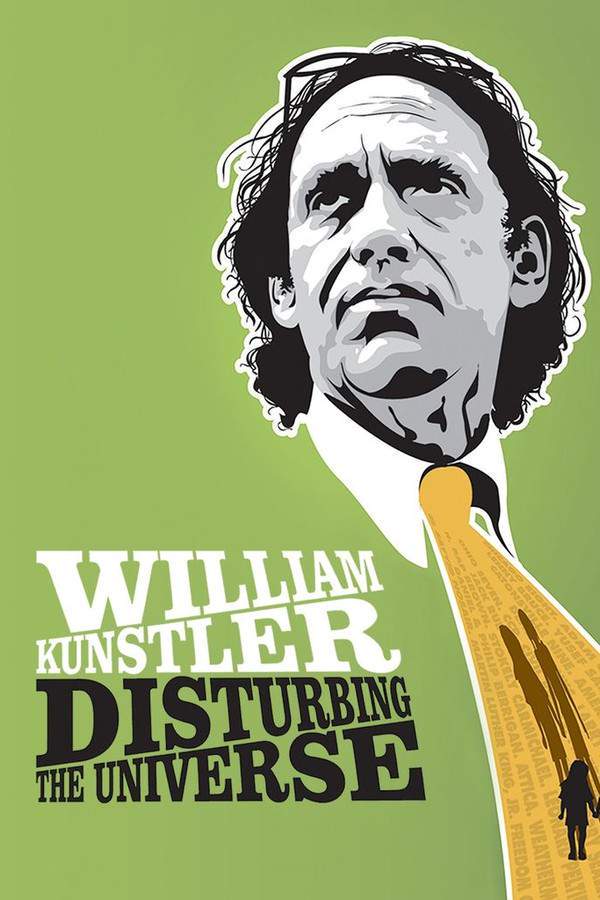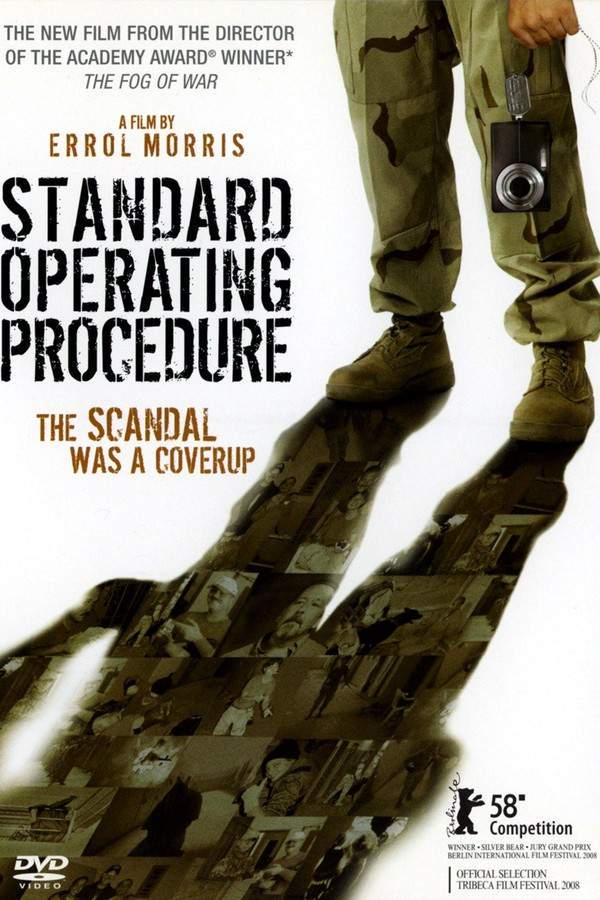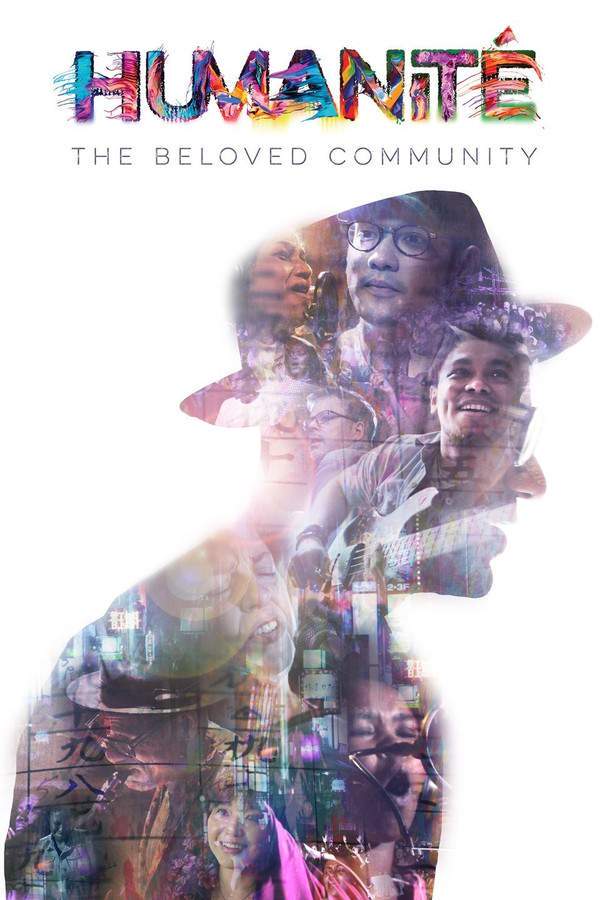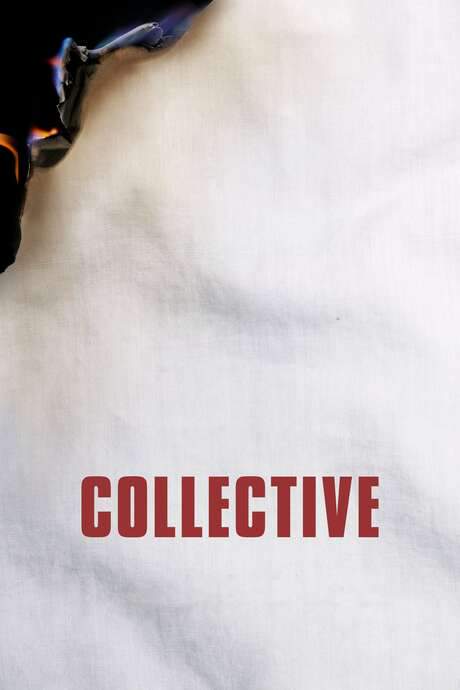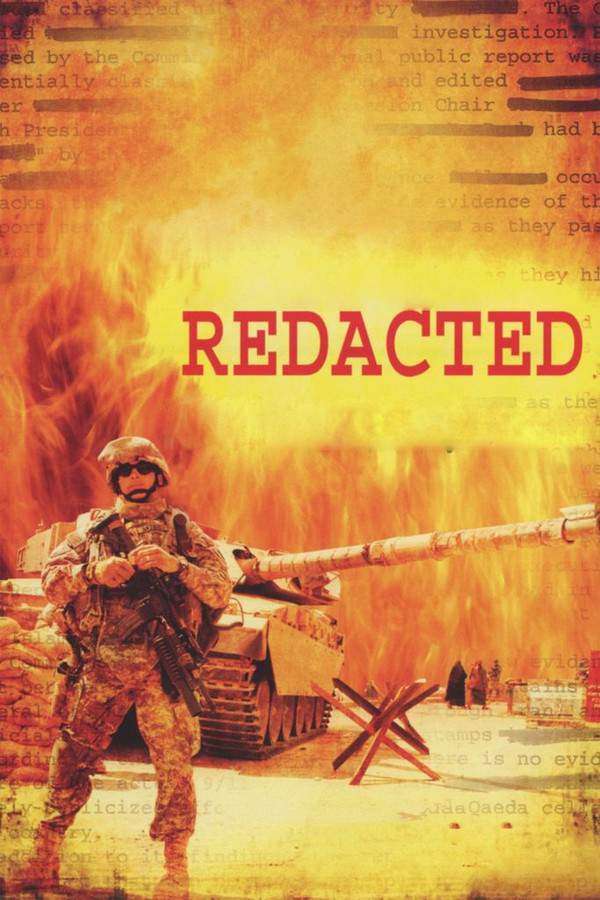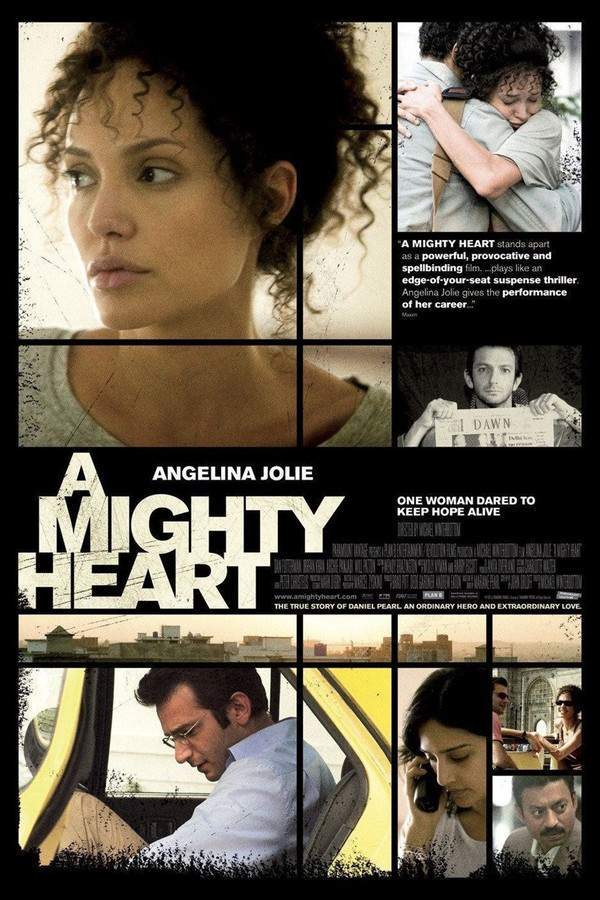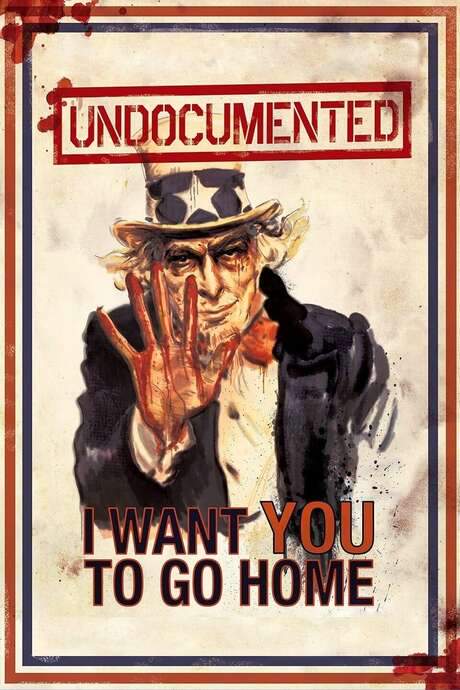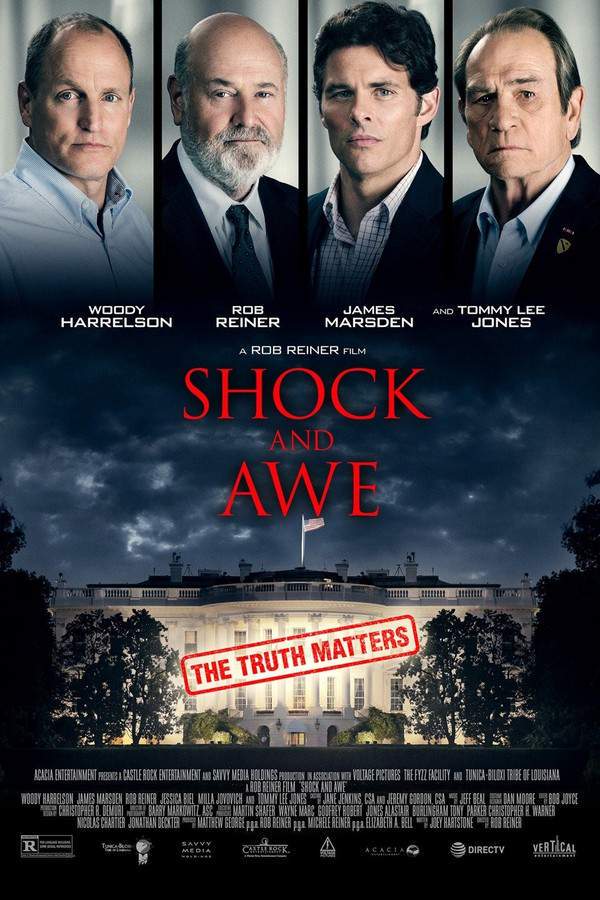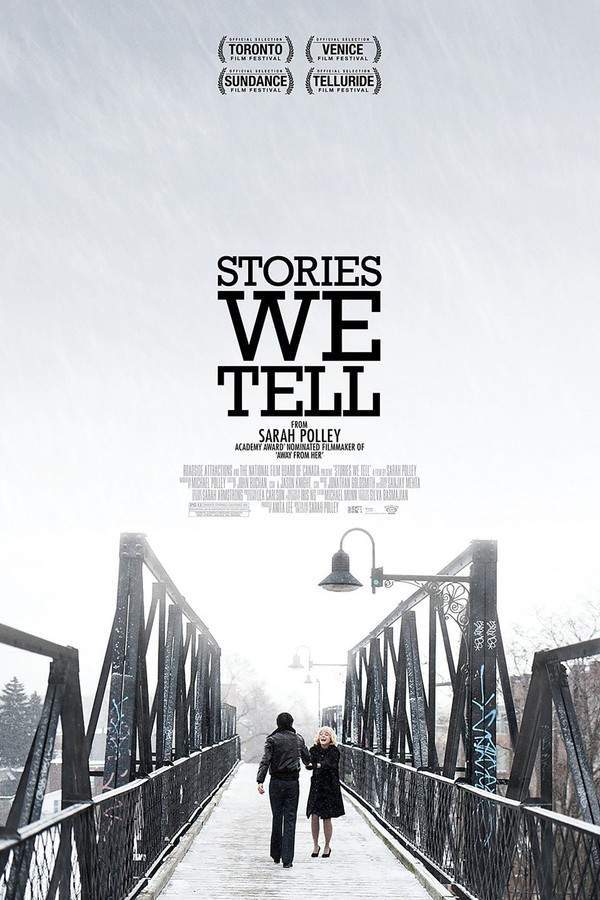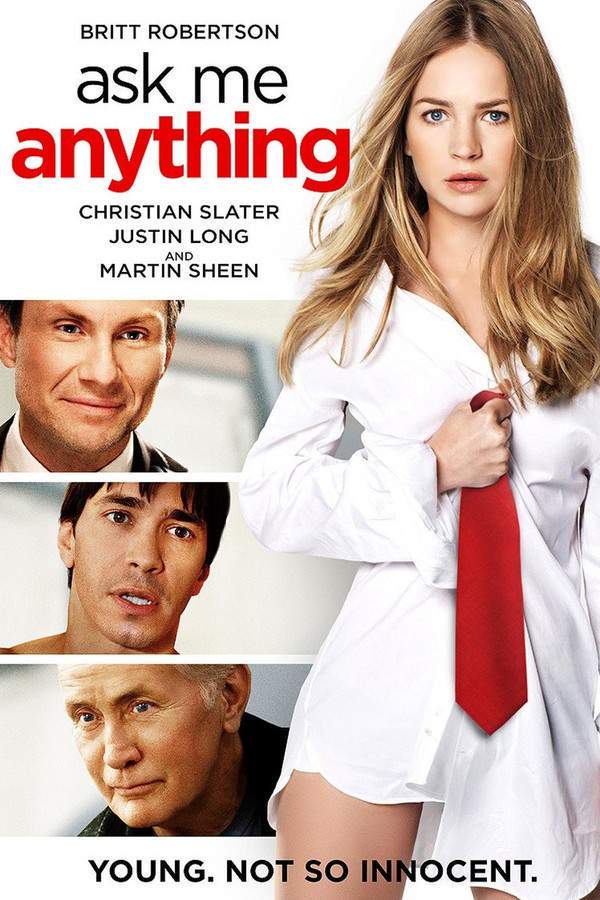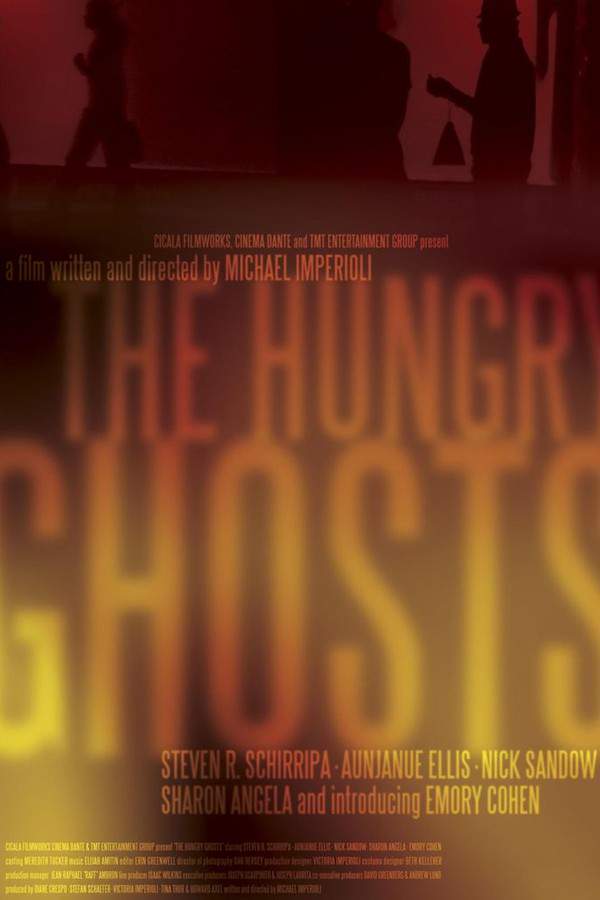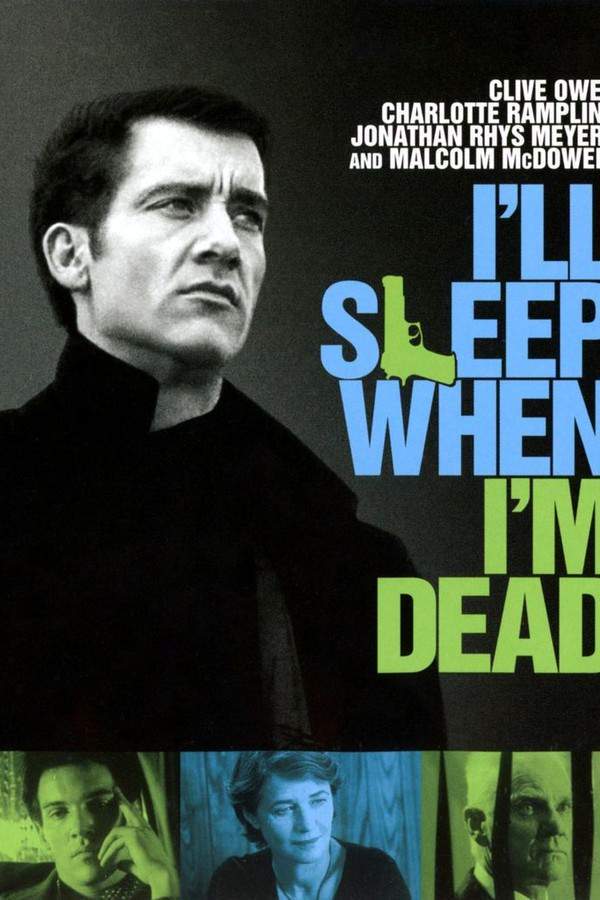
The Judge and the General
Year: 2008
Runtime: 84 mins
Language: English
Directors: Elizabeth Farnsworth, Patricio Lanfranco Leverton
A Chilean judge uncovers long buried secrets of former dictator Augusto Pinochet and, in the process, must confront his own role in that dark past.
Warning: spoilers below!
Haven’t seen The Judge and the General yet? This summary contains major spoilers. Bookmark the page, watch the movie, and come back for the full breakdown. If you're ready, scroll on and relive the story!
The Judge and the General (2008) – Full Plot Summary & Ending Explained
Read the complete plot breakdown of The Judge and the General (2008), including all key story events, major twists, and the ending explained in detail. Discover what really happened—and what it all means.
The Judge and the General is a deeply personal, meticulously observed documentary about a Chilean judge who descends into the moral labyrinth of Pinochet’s dictatorship, a journey he himself describes as the “abyss.” Throughout the film, the narrative threads together personal memory, legal duty, and a nation’s struggle with its dark history, presenting a portrait of how one man’s refusal to look away eventually collides with his own past and the weight of history.
From the outset, the court room and the courtroom’s echoes frame the story with real-world gravity. The film situates its inquiries within the broader shadow of a coup and its aftermath, including archive footage of Augusto Pinochet and Salvador Allende, reminding viewers that the path Guzmán walks is inseparable from a country reeling from political violence and human rights abuses. The documentary also threads in perspectives from others tied to that era, including Richard Nixon and Jack Straw, signaling how foreign and domestic pressures shaped Chile’s fate even as Guzmán’s own life choices—what he believed and what he did not—began to catch up with him.
A central arc follows Guzmán’s unexpected assignment in 1998, chosen by lottery, to preside over the first criminal cases against Pinochet. The film makes clear that Chilean judges are the ones who investigate, prosecute, and try these cases, and Guzmán’s path into these proceedings is presented as both a legal mission and a journey into personal conscience. The documentary follows two intersecting investigations that broaden the scope of the crimes under scrutiny. The first centers on Manuel Donoso, a young sociology professor who was detained, tortured, and killed in the chaotic months following the coup. The camera moves between the present-day disinterment of Donoso’s remains and the wife’s intimate retelling of his arrest and the brutality he endured, widening the lens to show how many families endured similar fates and how the system attempted to erase them.
The second investigation takes the viewers into the case of Cecilia (Chechi) Castro, whose family’s harrowing tale echoes a modern tragedy of survival against a ruthless regime. Cecilia’s mother, Edita, faced a harrowing choice to reveal her granddaughter’s hiding place to the secret police in order to save a life. The documentary follows Guzmán and a team of detectives as they pursue leads that take them to off-shore locales and even beneath the surface of the sea. Underwater cameras capture the stark images of divers recovering rails that had been tied to the bodies of political prisoners thrown into the ocean—an emblem of the brutality Guzmán is trying to bring to light.
Throughout the film, Guzmán’s past as a clerk in the Court of Appeals during the harsh years of repression looms large. He remembers contributing to the denial of countless habeas corpus petitions on behalf of victims who disappeared into secret detention centers, a memory that haunts him as he weighs the moral costs of pursuing indictment. The narrative contrasts his past actions with the weight of new evidence and the evolving conscience that pushes him to question whether he should indict Pinochet after all. In moments of reflection, Guzmán acknowledges how his own perspective hardened—and how the process of investigation changes not just him, but everyone around him.
The documentary gives voice to Guzmán’s inner turmoil in vivid terms. He confronts the claim that he is “the good German,” a critique of someone blind to the crimes that surround him until a chance investigation forces him to see. The film captures his confession of awakening: “I would say it opened the eyes of my soul.” This moment crystallizes the tension at the heart of the film—between loyalty to established institutions and the imperative to seek justice for victims, even when it means reexamining one’s long-held beliefs.
The narrative voice also widens its scope by featuring perspectives from the courtroom’s wider circle, including others who were involved in or affected by these events. Mónica González, a journalist who endured imprisonment under Pinochet, appears in the broader mosaic, as do other figures connected to Chile’s struggle for accountability. The presence of Ricardo Lagos, who would later serve as president, and Mónica Pérez Marín in archival form, helps situate Guzmán’s investigations within a national timeline of political change and legal reckoning.
As the film moves toward its culmination, it returns to the troubling spectacle of Pinochet’s funeral in Santiago in December 2006, where taunts from supporters evoke the era’s killings and abuses. These moments of public confrontation force Guzmán to confront the full arc of history—the hatred, the chaos, and the attempts to rewrite or erase it. The documentary ultimately asks whether Guzmán’s courageous but controversial inquiries will be vindicated by his peers: will his colleagues, attorneys, and judges stand with him or doubt him as more evidence comes into focus?
The strength of The Judge and the General lies in its patient, unflinching examination of a single jurist’s conscience within the larger crucible of Chile’s recent past. It invites viewers to watch not just as observers of history, but as witnesses to a man’s transformation under the pressure of truth, accountability, and the unresolved questions that linger when a society confronts its darkest chapters. The film, through its two tightly interwoven investigations and the personal testimonies that accompany them, offers a nuanced, emotionally resonant account that stays true to the complex fabric of Chile’s turbulent decades. It leaves audiences with a sense of unresolved tension—an invitation to readers and viewers to consider what justice requires when memory collides with duty, and when the pursuit of accountability challenges the very institutions that once shielded those who committed crimes.
Last Updated: October 09, 2025 at 09:26
Explore Movie Threads
Discover curated groups of movies connected by mood, themes, and story style. Browse collections built around emotion, atmosphere, and narrative focus to easily find films that match what you feel like watching right now.
Movies about national reckoning like The Judge and the General
Stories where a procedural inquiry forces a country to confront its dark past.If you liked The Judge and the General, explore other movies about investigations that force a nation to confront a dark past. These powerful documentaries and dramas follow journalists, judges, and citizens as they uncover systemic crimes, human rights abuses, and buried historical truths.
Narrative Summary
The narrative follows a central investigator who doggedly pursues a case, often facing official resistance and societal silence. As evidence is pieced together, the story expands from a single inquiry to a broader indictment of a political system. The journey is less about a simple resolution and more about the painful process of acknowledging collective guilt and the fragility of memory.
Why These Movies?
These films are grouped by their shared focus on a procedural narrative that exposes historical atrocities. They create a similar mood of somber reflection and moral urgency, often leaving the audience with a sense of unfinished justice and the heavy burden of truth.
Moral reckoning movies similar to The Judge and the General
Protagonists confront their own complicity while investigating dark truths.Find movies like The Judge and the General where the main character faces a personal moral crisis during an investigation. These films feature protagonists who must confront their own role in a dark past, creating a haunting and complex emotional journey about guilt and accountability.
Narrative Summary
The narrative intertwines an external investigation with an internal psychological struggle. The protagonist begins with a sense of professional duty but gradually discovers personal connections or past actions that implicate them. The story's tension comes from this dual conflict: battling external obstacles while wrestling with a growing sense of complicity and the need for personal atonement.
Why These Movies?
These movies share a specific emotional arc where the protagonist's journey is as much about self-discovery as it is about uncovering facts. They are linked by a heavy, reflective mood, a focus on moral ambiguity, and an ending that often feels more personally transformative than conclusively just.
Unlock the Full Story of The Judge and the General
Don't stop at just watching — explore The Judge and the General in full detail. From the complete plot summary and scene-by-scene timeline to character breakdowns, thematic analysis, and a deep dive into the ending — every page helps you truly understand what The Judge and the General is all about. Plus, discover what's next after the movie.
The Judge and the General Timeline
Track the full timeline of The Judge and the General with every major event arranged chronologically. Perfect for decoding non-linear storytelling, flashbacks, or parallel narratives with a clear scene-by-scene breakdown.

Characters, Settings & Themes in The Judge and the General
Discover the characters, locations, and core themes that shape The Judge and the General. Get insights into symbolic elements, setting significance, and deeper narrative meaning — ideal for thematic analysis and movie breakdowns.

The Judge and the General Spoiler-Free Summary
Get a quick, spoiler-free overview of The Judge and the General that covers the main plot points and key details without revealing any major twists or spoilers. Perfect for those who want to know what to expect before diving in.

More About The Judge and the General
Visit What's After the Movie to explore more about The Judge and the General: box office results, cast and crew info, production details, post-credit scenes, and external links — all in one place for movie fans and researchers.




